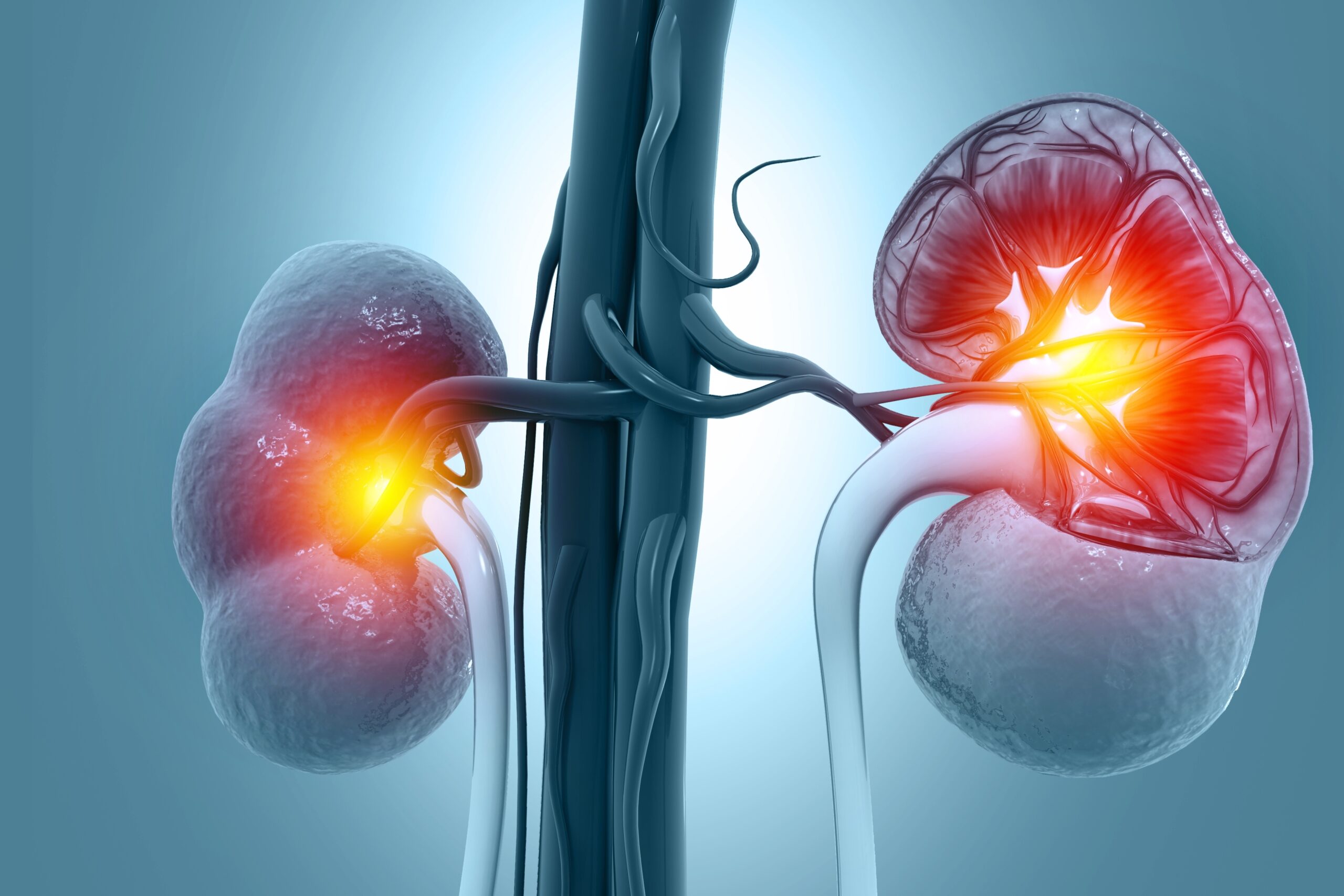
How did the COVID-19 pandemic affect the incidence and pathology of IgA nephropathy (IgAN)? Until now, no systematic evaluations have been conducted to address this question.
To fill the knowledge gap, Wen Liu and colleagues compared the incidence of IgAN before and during the COVID-19 pandemic. Using kidney biopsy results from two medical facilities from January 2016 to May 2023, the researchers performed statistical analyses on different glomerular diseases according to their corresponding pathologic diagnoses, focusing on variations in IgAN incidence. With clinical and pathologic data, they evaluated changes using the Oxford Classification (MEST-C score).
The study uncovered a significant increase in the incidence of IgAN during the COVID-19 pandemic, growing from 39.9% before the pandemic to 46.3% during the pandemic, for a net increase of 6.4% (P<.001).
Clinical and laboratory indicators of IgAN disease activity were consistent before and during the pandemic, but changes in pathologic features were observed after the pandemic began. Notably, the proportions of M1 and E1 lesions as defined by the Oxford classification increased significantly during the pandemic. Odds ratios were 11.764 (95% CI, 5.583-24.789; P<.001) for M1 and 1.718 (95% CI, 1.114-2.649; P=.014) for E1.
These results suggest that the incidence of IgAN increased during the COVID-19 pandemic. In addition, worsened renal damage and higher proportions of M1 and E1 lesions were observed.
Source: Scientific Reports







 © 2025 Mashup Media, LLC, a Formedics Property. All Rights Reserved.
© 2025 Mashup Media, LLC, a Formedics Property. All Rights Reserved.